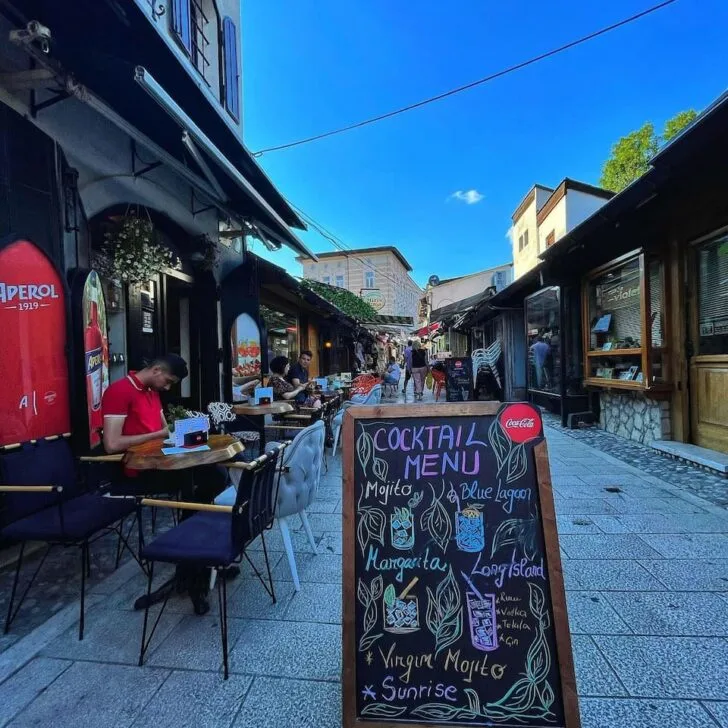We may receive a commission if you make purchases through affiliate links (at no extra cost to you). Read why our approach to travel is different.
There’s a stigma surrounding Eastern Europe. A sweeping generalisation often made would have you believe that those countries which found themselves, often unwittingly, part of the USSR are lagging behind their western European counterparts. Estonia disproves this in a heartbeat.
Its capital, Tallinn, is a wonderous mix of old and new. Its medieval old town, a UNESCO World Heritage Site, stands in the shadows of swanky skyscrapers, themselves home to the countless multinational tech firms who have made this their home.
Whilst you’re planning your Estonian escape, don’t miss our insights into the best things to do in Tallinn.
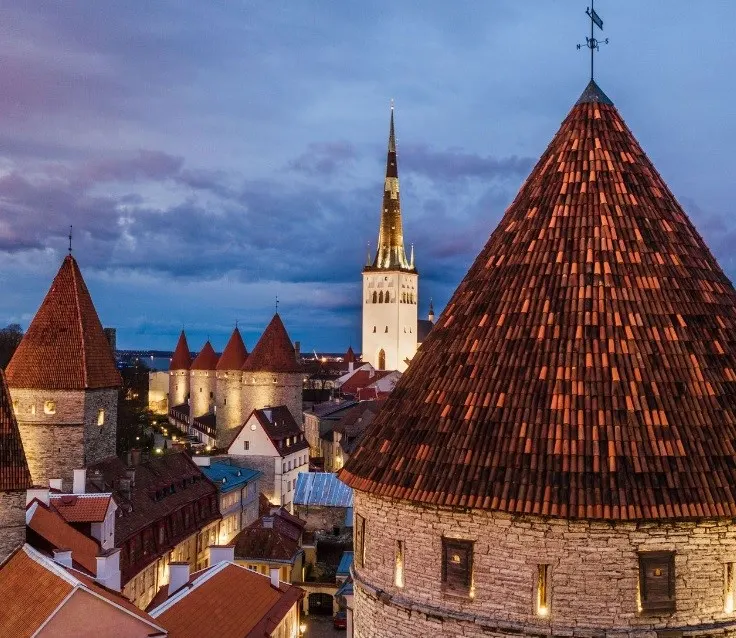
Estonia may well share a border with Russia and have spent 50 years, until as recently as 1991, under Soviet control, but it won’t take you long to see that the two countries have very little in common. Rather, Estonia’s strongest cultural ties are with Finland, their neighbor across the Baltic Sea.
The same is true of the national cuisine. Historically, meat, potatoes and seafood were the cornerstones of Estonian cuisine, a trait shared with neighboring Latvia. As traditional Estonian food has evolved, it has drawn heavily on influences from Finland, Sweden and Germany.
To help you navigate Estonia, we’ve put together the ultimate guide to traditional Estonian food: 10 must-eat dishes every traveler to Estonia should tick off. If you make it through this list, we’ve also shared one bonus traditional (and extremely unique) drink to wash it all down.
Skip to...
1. Rye Bread
Darker in color and denser than bread made from wheat flour, rye bread is a staple of traditional Estonian food. It’s not unique to the country, far from it, but it is almost impossible to visit Estonia without being served some. I love how the English word bread translates into Estonian as leib which means ‘a loaf of bread made using rye flour’.
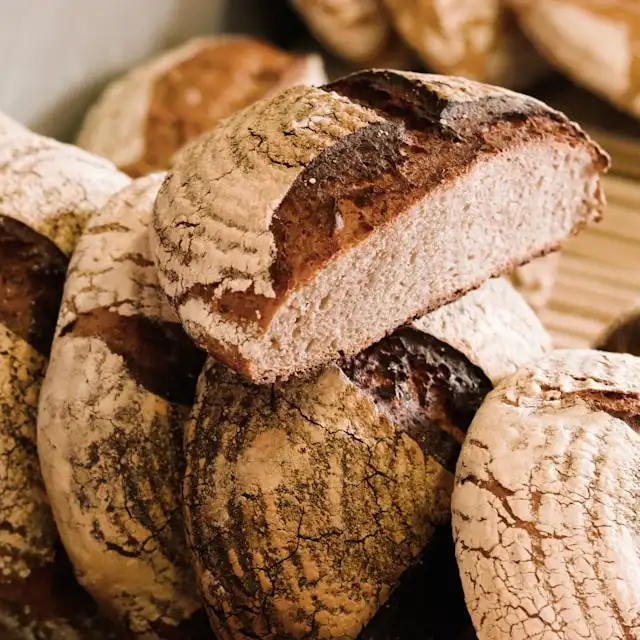
Rye bread in Estonia traces its origins back to the medieval period. White bread, similar to the standard loaves we eat today, was too expensive for Estonian peasants and only eaten by the upper class elite. Instead, peasants ate maslin bread, made from a mix of rye and wheat flours.
Today, Estonian rye bread comes in two main forms. Classic loaves, identical in style to wheat bread, are served sliced with soup, as a side dish and used for sandwiches. Then, there’s crispbread. Drier than “normal” bread, it can be eaten on its own with butter or used as the base for an open sandwich.
Leivasupp – Bread Soup
Rye Bread is such a traditional Estonian food it isn’t just eaten with soup, but in it. Leivasupp is a mixture of rye bread (traditionally leavened sourdough rye), sugar, cinnamon, raisins and fruit juice. An unusual combination, this sweet soup is a little like a liquid version of the British classic, bread and butter pudding.
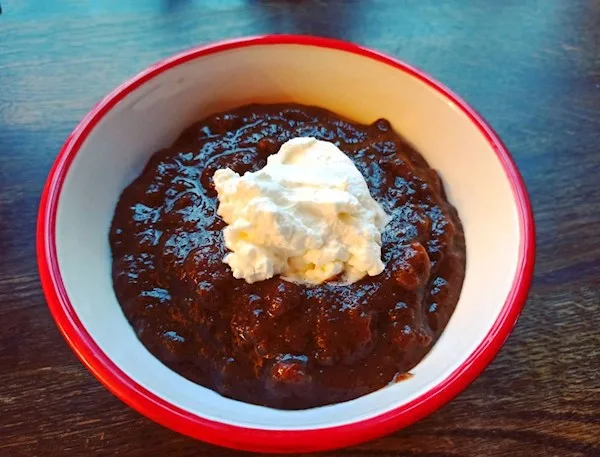
If sweet bread soup isn’t a flavor combination you’re ready to try, traditional Estonian food also includes several savory alternatives. Hapupiimapudi is one of the most popular. This cold soup is made from fermented milk or kefir, a boiled egg and cubes of black rye bread.
2. Hernesupp – Pea Soup
In the United Kingdom, we often use the term “pea soup” to mean particularly thick fog. The reason being that pea soup is always very dense. Estonia’s take on it, though, is a little bit different.
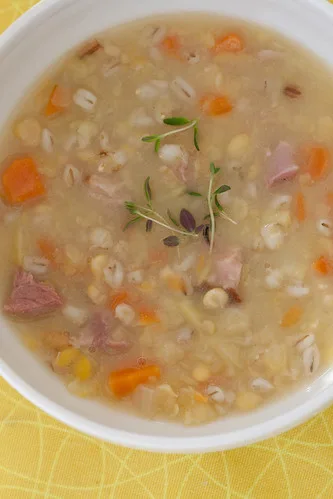
Hernesupp’s watery broth is made from onions, garlic and smoked pork bones. Once it’s boiled down, dried peas are added with carrots occasionally being used too. Whilst it can be pureed to give it a more typical pea soup texture, it’s often served as is.
Very much a traditional Estonian food of the older generations, hernesupp has been making a resurgence in recent years. More modern recipes remove the pork bone, making this flavorful soup vegan friendly.
3. Rosolje – Potato Salad
You’d be right in thinking potato salad doesn’t hail from Estonia. To all intents, it’s a popular dish all across the globe. But have no doubt, it is one of the most loved of all traditional Estonian food.
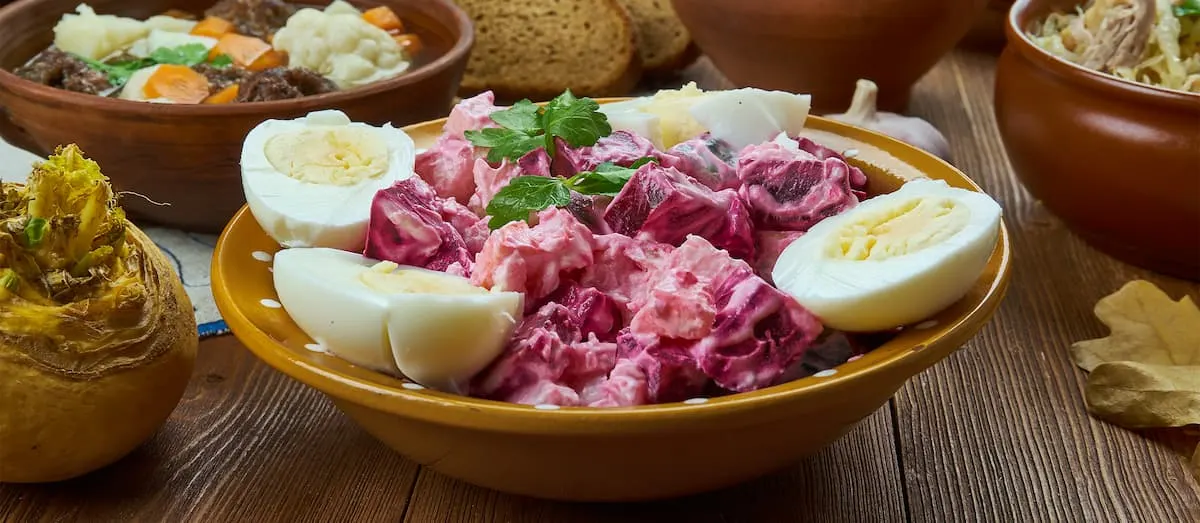
What sets Estonian potato salad, Rosolje, apart from the rest is that it contains a curious blend of beetroot and potatoes. It combines bite-sized cubes of beetroot and potatoes, mixed with onions and pickles and served in a mustardy dressing.
If you’re not a fan of beets, try eesti kartulisalat, an another traditional Estonian food. This purple-free potato salad contains carrots, cucumber and smoked sausage, all served in a sour mayonnaise.
4. Sprats
However you like your herring, you’ll find it in northern Europe. These tiny pelagic fish thrive in the chilly waters of the North Sea. In Estonia, you’ll generally hear and see herring being referred to as sprats. This is a sub-species of herring, but the fish is more-or-less identical to those you’ll find served in The Netherlands, Germany and Scandinavia.
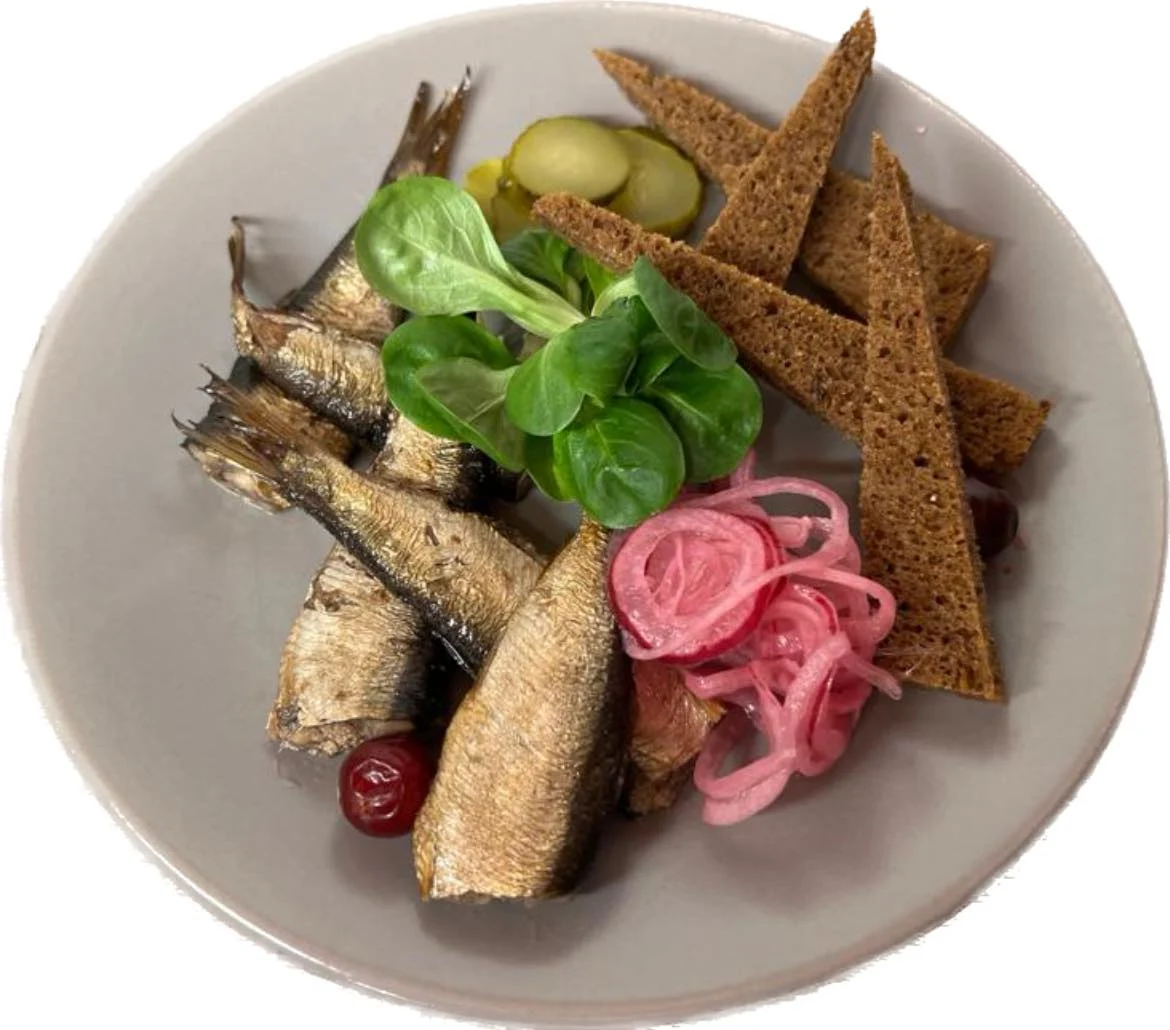
Sprats are, in my opinion, the most delicious of all the traditional Estonian food on our list. They form the basis of a myriad of dishes, but the most famous of all is vurtsikilu suupiste, so much so it’s considered one of Estonia’s national dishes. With plenty of cream cheese and garlic added for good measure, this fishy sandwich is served on – as you’ve no doubt guessed – rye bread.
5. Verivorst
Harking back to days of old, when traditional Estonian food was heavily based on locally available meat, verivorst is Estonia’s take on blood sausage. Comprising of pork, barley, onions and mixed spices, it’s the addition of pig’s blood which gives verivorst it’s deep black appearance.
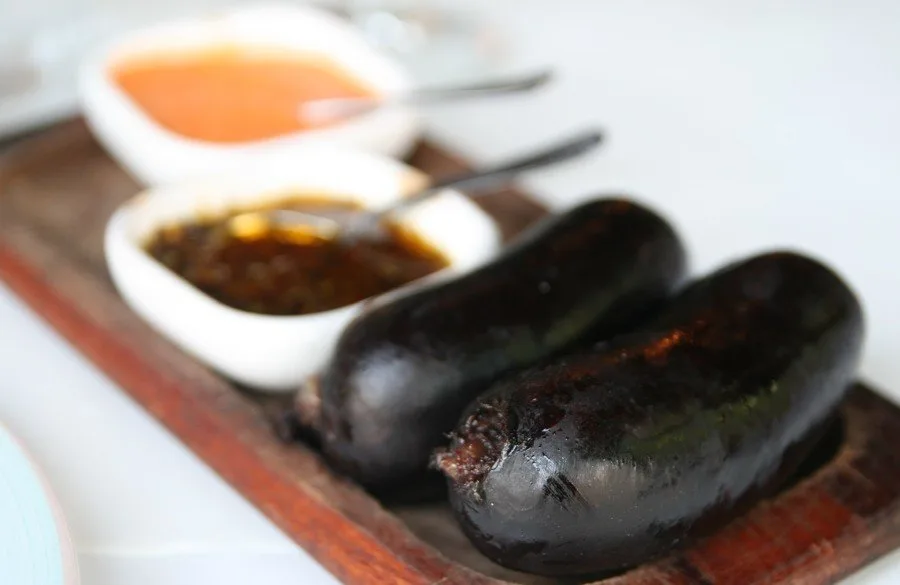
Although similar to black pudding, verivorst is typically eaten as a lunch and dinner food rather than for breakfast. It’s best served pan-roasted with potatoes and sour cream with a dollop of berry compote.
Verikakk
Based on verivorst, verikakk are blood sausage dumplings. The sausage is mixed with flour and water before being rolled into a thin pancake-like shape. The dumplings are served deep-fried with pickles and cranberry jam. They’re especially popular during the festive period and can always be found at Tallinn’s amazing Christmas Market.
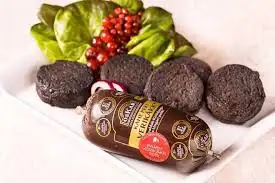
Travel tip: If you’re visiting Tallinn, don’t miss this traditional Estonian Food, Drinks and History tour. You’ll get to taste plenty of Estonian delicacies whilst learning about the city’s fascinating history.
6. Roast Pork
Another international favorite making it into our top 10 of the best traditional Estonian foods is roast pork. There’s no doubting how traditional it is, but it’s not originally Estonian. The recipe originates from Poland.
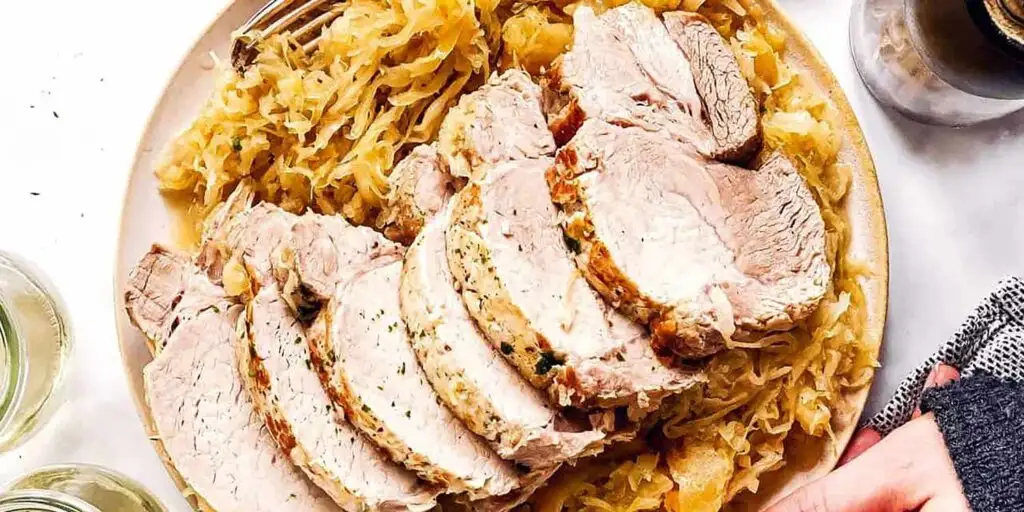
Roasted to perfection, the pork is served with a medley of seasonal vegetables and plenty of sauerkraut. As a Brit, there’s nothing more comforting than a filling roast to remind me of home when traveling, so roast pork is an absolute must every time I’m in Estonia. Better still, it’s available every day of the week, not just Sundays.
That said, roast pork is more popular than ever in Estonia at special occasions; Christmas, New Year and family celebrations often see this traditional Estonian food being served.
7. Kruubipuder
Porridge is one of those dishes which always surprises me. To my mind, porridge is rolled oats cooked in milk and served with honey, raisins or sprinkled with sugar and cinnamon for breakfast. But, as kruubipuder proves, it can be so much more.
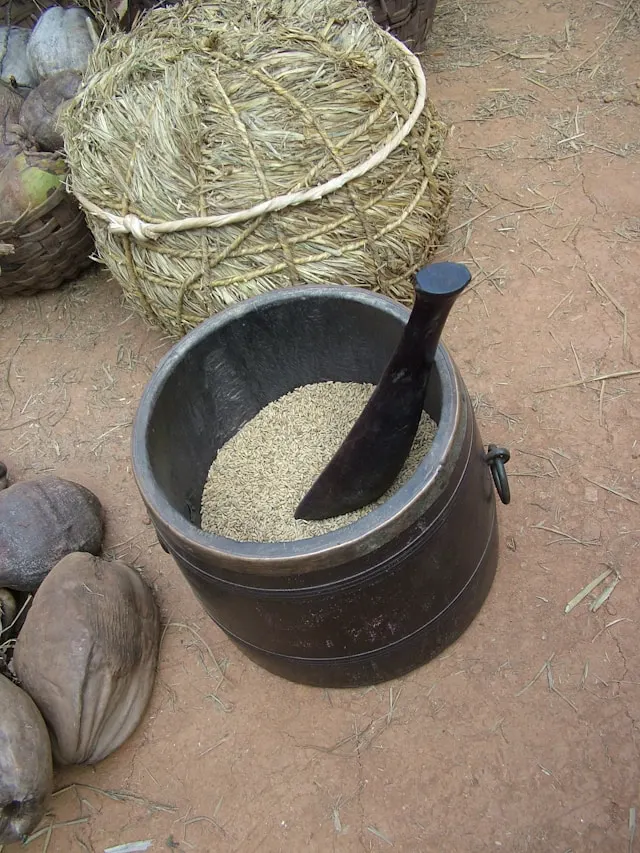
With its origins in medieval times, kruubipuder was once a staple of Estonian peasants. To make it, barley is mixed with warm water, garlic and spices before being oven-baked until soft. Once it’s cooked, it can either be served plain or with fried onion and sour cream. Occasionally, slices of smoked meat are added.
8. Kamavaht
Turning our attention to the sweet delights of traditional Estonian food, kamavaht is one of the few dishes on our list which has its origins in Russian cuisine. Translating as “kama foam”, it has one of the most unusual flavor combinations of any traditional Estonian food. So much so, it’s rather confused.
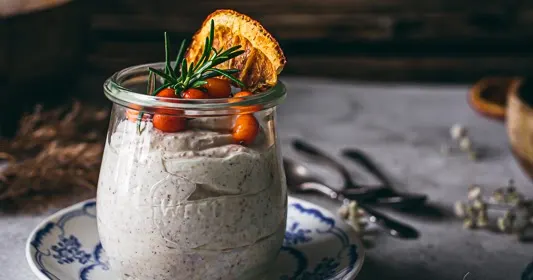
Designed to be a dessert, kamavaht is so versatile it can also be eaten for breakfast. A floury mixture of rye, oat, pea and barley, it’s spun with whipped cream to give it its iconic foamlike texture. To give it an extra kick of sweetness, kamavaht is served with a garnish of fresh seasonal berries
A variation of kamavaht, is mannavaht, a semolina foam. Bright pink and even sweeter still, it was designed to encourage children to eat porridge. Although it’s less commonly found today, it’s very much a traditional Estonian food for the older generation who ate it in their schooldays.
9. Vastlakukkel
If you’re looking for the most indulgent traditional Estonian food, look no further, for vastlakukkel is what you’re searching for. Based on the Scandinavian dish selma, vastlakukkel are sweet wheat rolls (or buns in British English) spiced with cardamon. Their Danish, Faroese and Icelandic counterparts, on the other hand, are made without the addition of cardamon.

The buns are served with the top sliced open and filled with a layer of whipped cream. Sometimes, a jam or marzipan filling is also added.
10. Kupsetatud Ounad – Baked Apples
The final traditional Estonian food to make our list is without doubt, the simplest. At the same time, it’s also one of the tastiest.
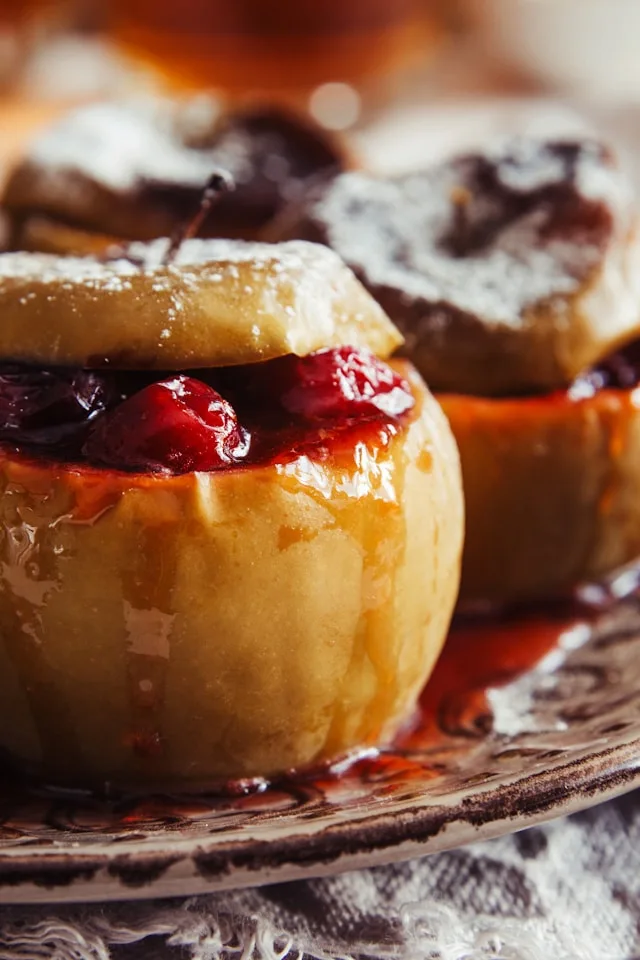
Fresh apples are cored and hollowed out, a mixture of sugar and cinnamon is used to fill the hole and they’re baked in an oven. Kupsetatud ouand are served hot with a scoop of vanilla ice cream. During winter, warm custard is sometimes used instead of ice cream.
Kali: A Traditional Estonian Drink
Baked apples may have taken the last spot on our rundown of the best traditional Estonian food, but we’re not done yet. Kali is Estonia’s most unique, unusual and frankly bizarre drink.
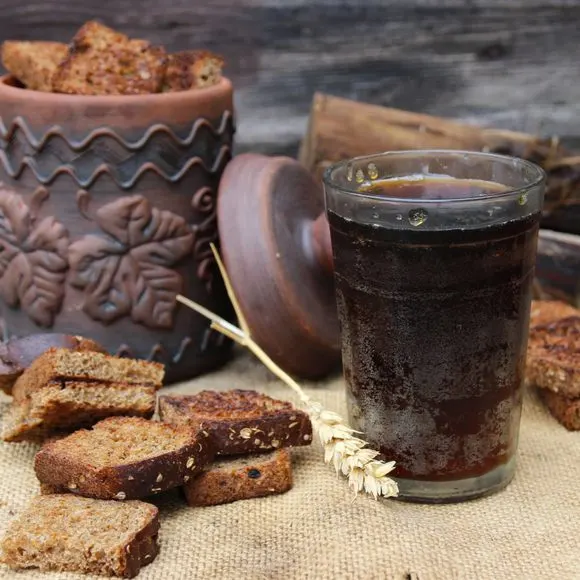
You may have noticed the slight Estonian obsession with all things rye bread. It’s a bread, it’s a soup and now, it’s a drink. Kali is liquid bread. A weird and wonderful mix of beer and cola, it’s made from slightly fermented rye bread.
An integral part of Estonian culture, Kali is often dubbed Estonia’s answer to Coca Cola. Kali has been brewed here since for centuries and is still sold be street vendors and at stores right across the country. Although fermentation is involved in Kali’s brewing process, it’s considered a non-alcoholic beverage even though it does contain a very small (less than 0.5%abv) amount of alcohol.
Share This Article

Traveling soon? Subscribe to The Insight below and get exclusive access to our personalized travel advice community via WhatsApp so you can ask all your burning travel questions.
Looking for the best comprehensive travel insurance? SafetyWing has you covered.
And for your eSIM in every country, there is only one option we recommend: Airalo.
Read more of our best insights from around the world



